A trend? Much more than that! Sustainability has gone from being a trend to an urgent need in all areas of design and architecture. And the concept of luxury is evolving. It's no longer just about exclusivity and sophistication but also about environmental responsibility. Today, premium brands integrate sustainability certifications to ensure their designs meet high eco-friendly standards without compromising elegance.
These certifications are a seal of environmental quality and a differentiator in the market. Understanding the criteria of the most relevant certifications - such as LEED, BREEAM, and WELL - allows designers, architects, and decorators to expand their opportunities and ensure that their projects meet the highest sustainability and efficiency standards. Increasingly informed and demanding customers value functional, attractive projects that reflect a genuine commitment to preserving the environment.
This article will explore the most relevant certifications for sustainable interior design, their impact on client perception, and how you can integrate sustainable practices into your projects.
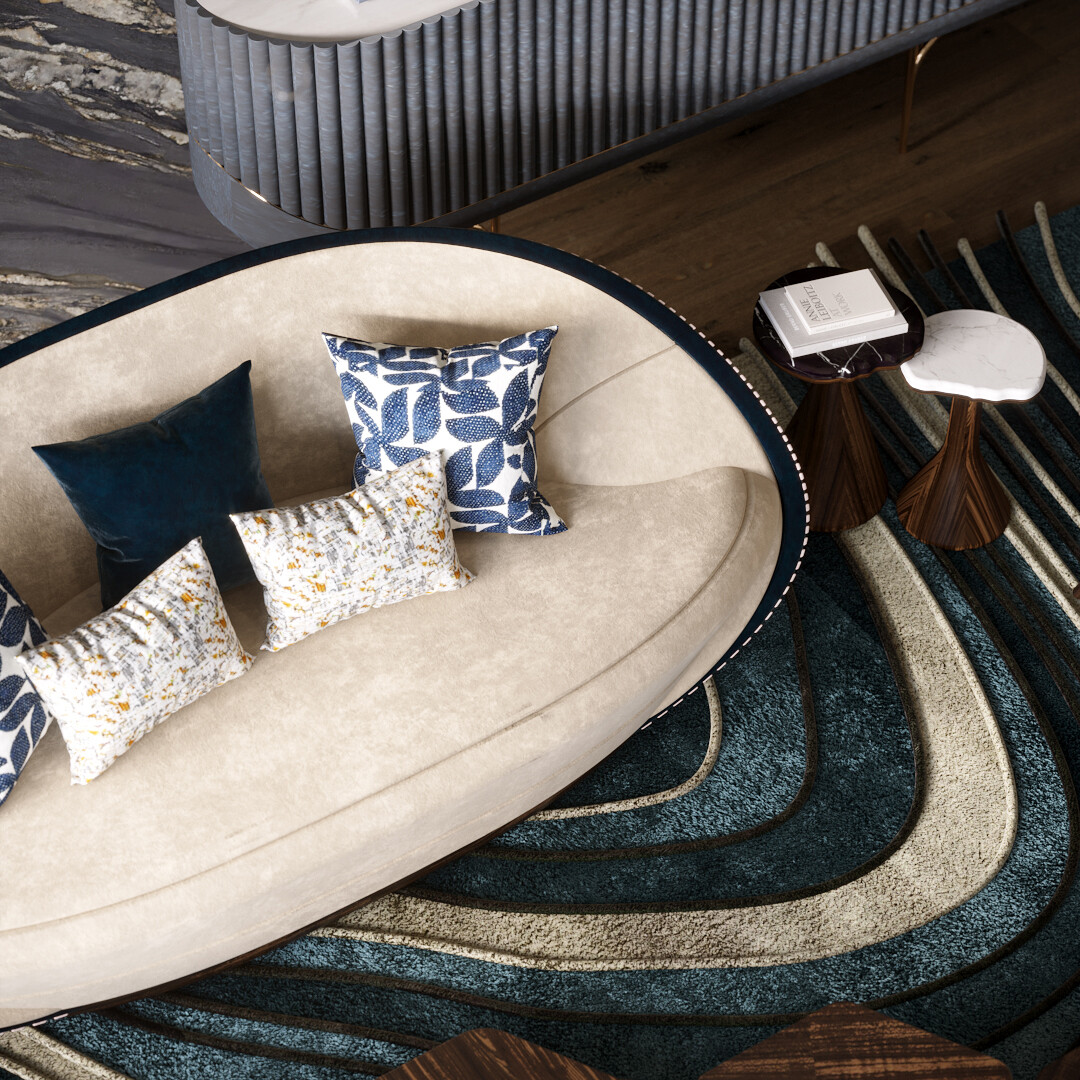
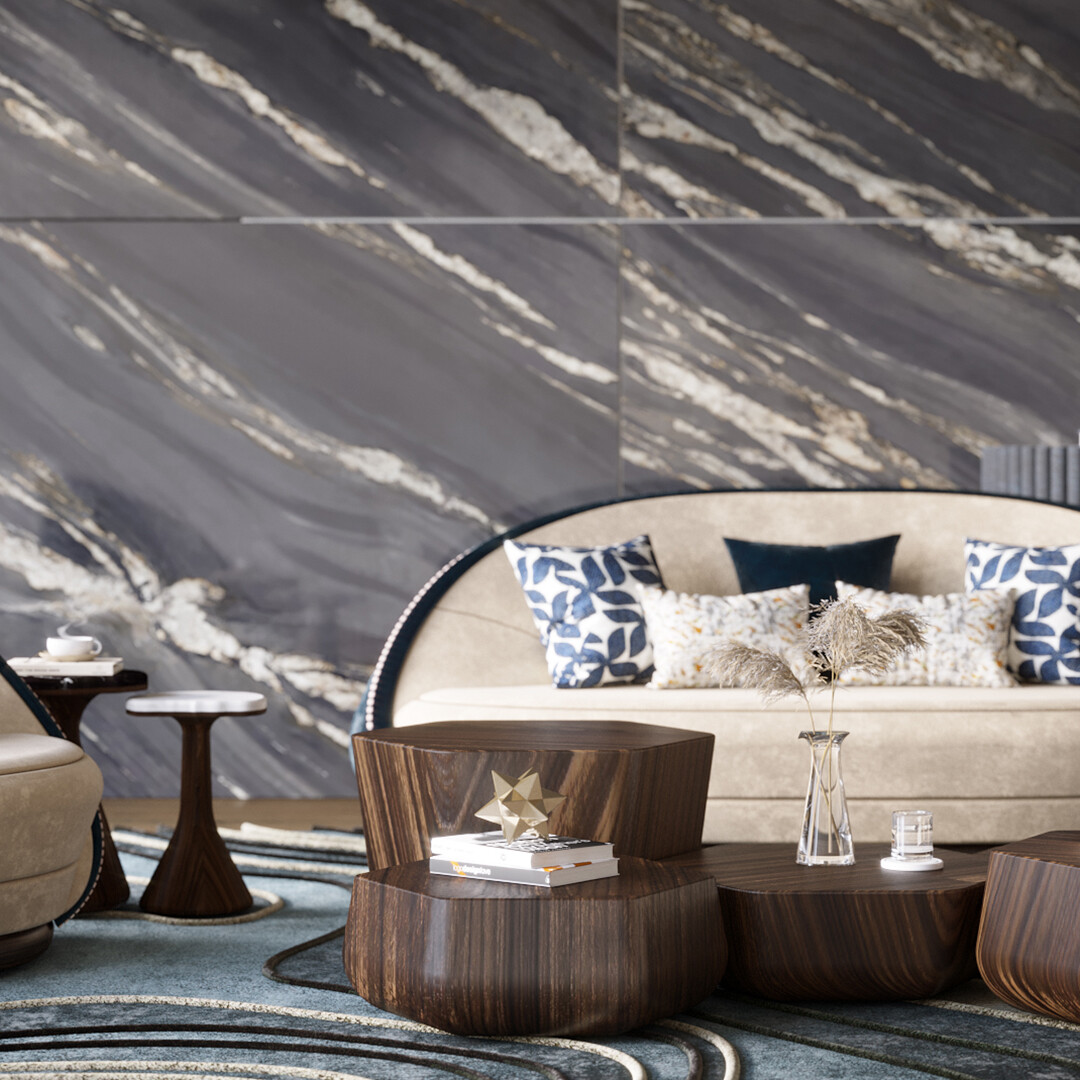
Sustainability certifications are evaluation systems that ensure that an interior design project follows ecological principles, reducing environmental impact and promoting resource efficiency. These certifications establish rigorous criteria that cover everything from material selection to energy efficiency and the well-being of the space’s occupants.
Each sustainability certification follows a specific set of standards and metrics that evaluate different aspects of the project. To choose the most appropriate certification, designers should consider factors such as the type of space, the materials used, and the project's sustainability goals. For example, a corporate office may benefit from WELL certification, which focuses on occupant well-being, while a luxury hotel may opt for LEED, which ensures energy efficiency and sustainable resource management.
Although there are several certifications on the market, most are based on three fundamental pillars:
Energy efficiency and environmental impact: assessment of energy consumption, carbon emissions, and natural resource management;
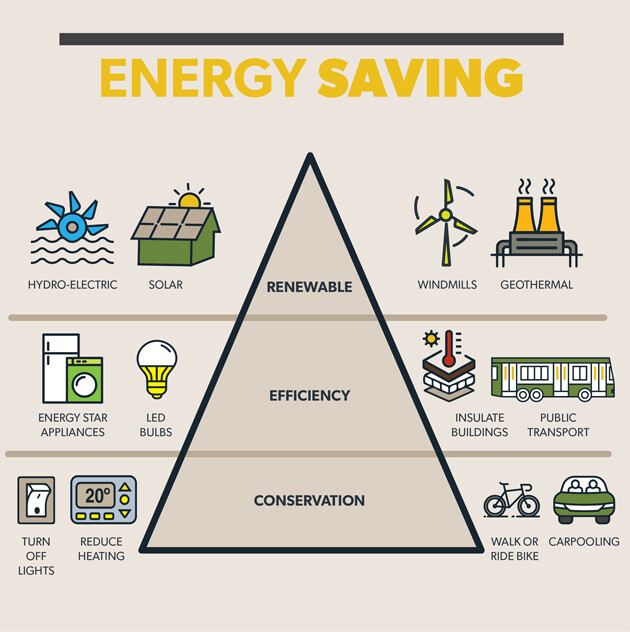
Use of sustainable materials: prioritization of recycled, recyclable, certified, and low environmental impact materials;
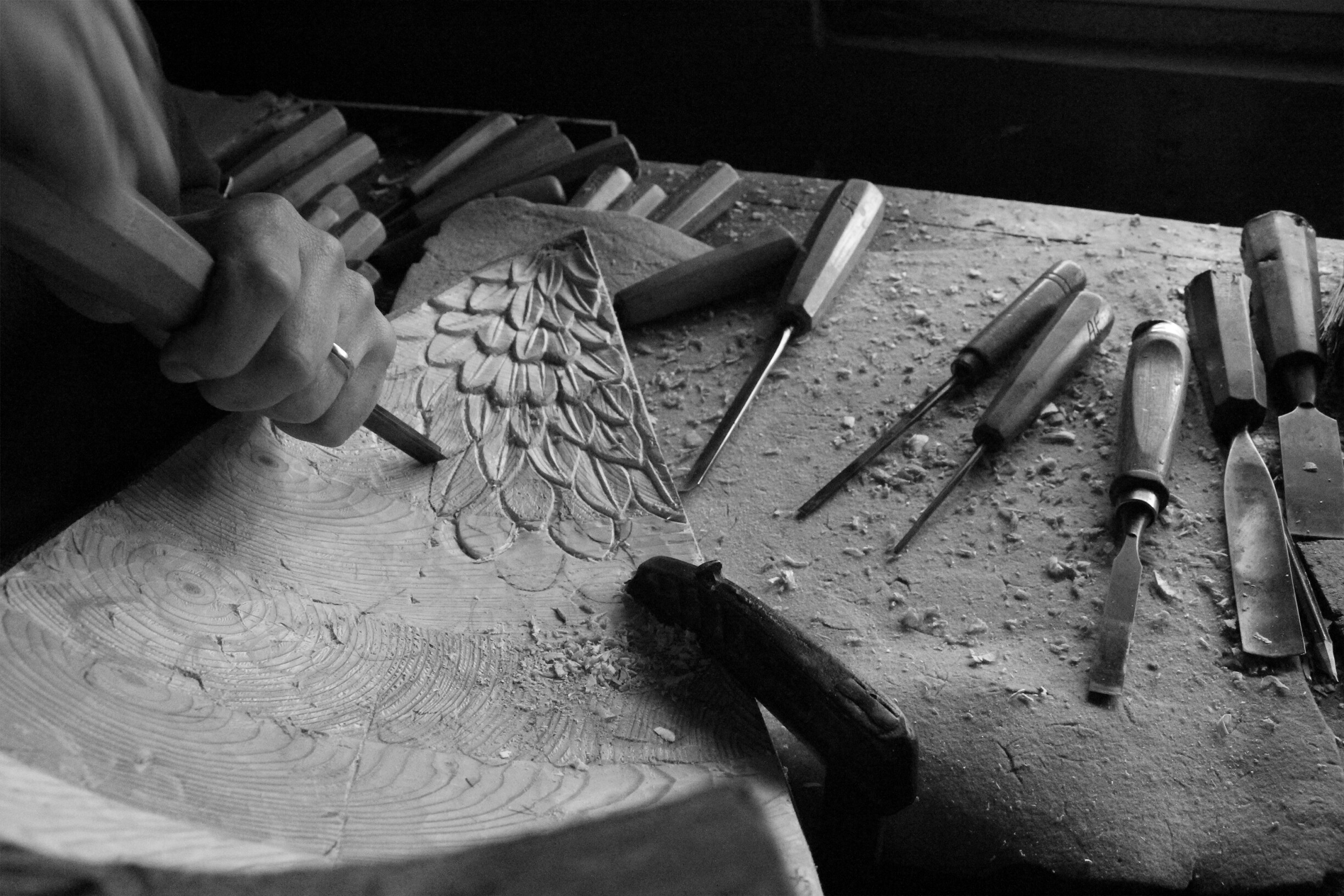
Indoor environmental quality: ventilation, natural lighting, thermal and acoustic comfort.
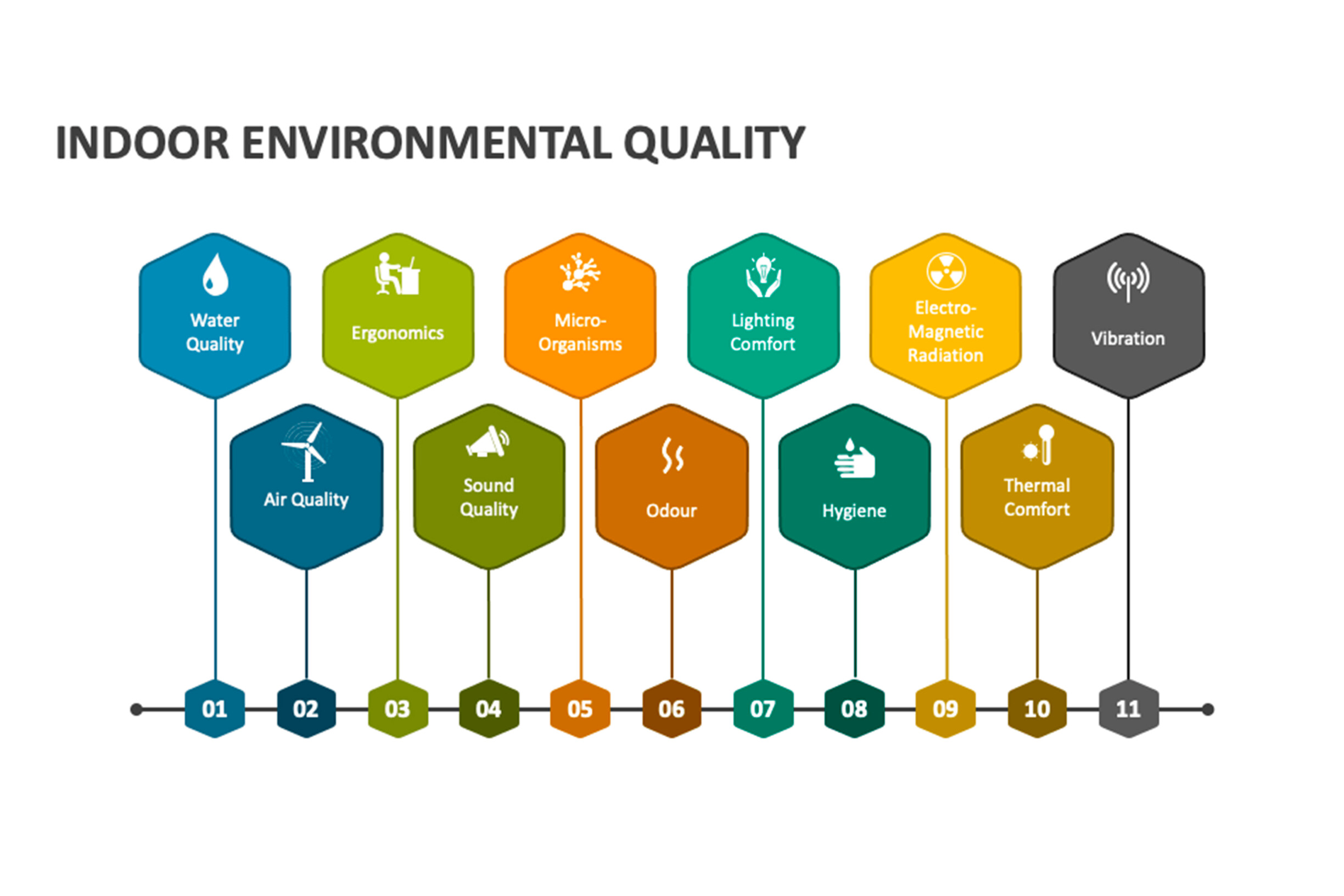
Certifications allow you to raise the project's standard and offer tangible benefits, such as increased property value, reduced operating costs, and greater well-being for occupants.
The growing concern for sustainability has transformed how clients perceive interior design projects. Today, consumers and businesses don't just want attractive spaces; they must also meet high environmental and welfare standards. Thus, sustainability and certifications have become a competitive advantage.
Obtaining a sustainability certification gives credibility to the project and sets it apart in the market. For example, in the corporate context, sustainable spaces must comply with environmental responsibility policies. In the residential context, property value and energy efficiency become decisive factors in the customer's choice.
On the other hand, certifications guarantee that the project was evaluated according to strict criteria, transmitting confidence to the client. This is an essential factor, especially in large-scale projects.
Finally, sustainably certified spaces gain a competitive advantage, as they demonstrate a real commitment to preserving the environment and the well-being of their occupants.
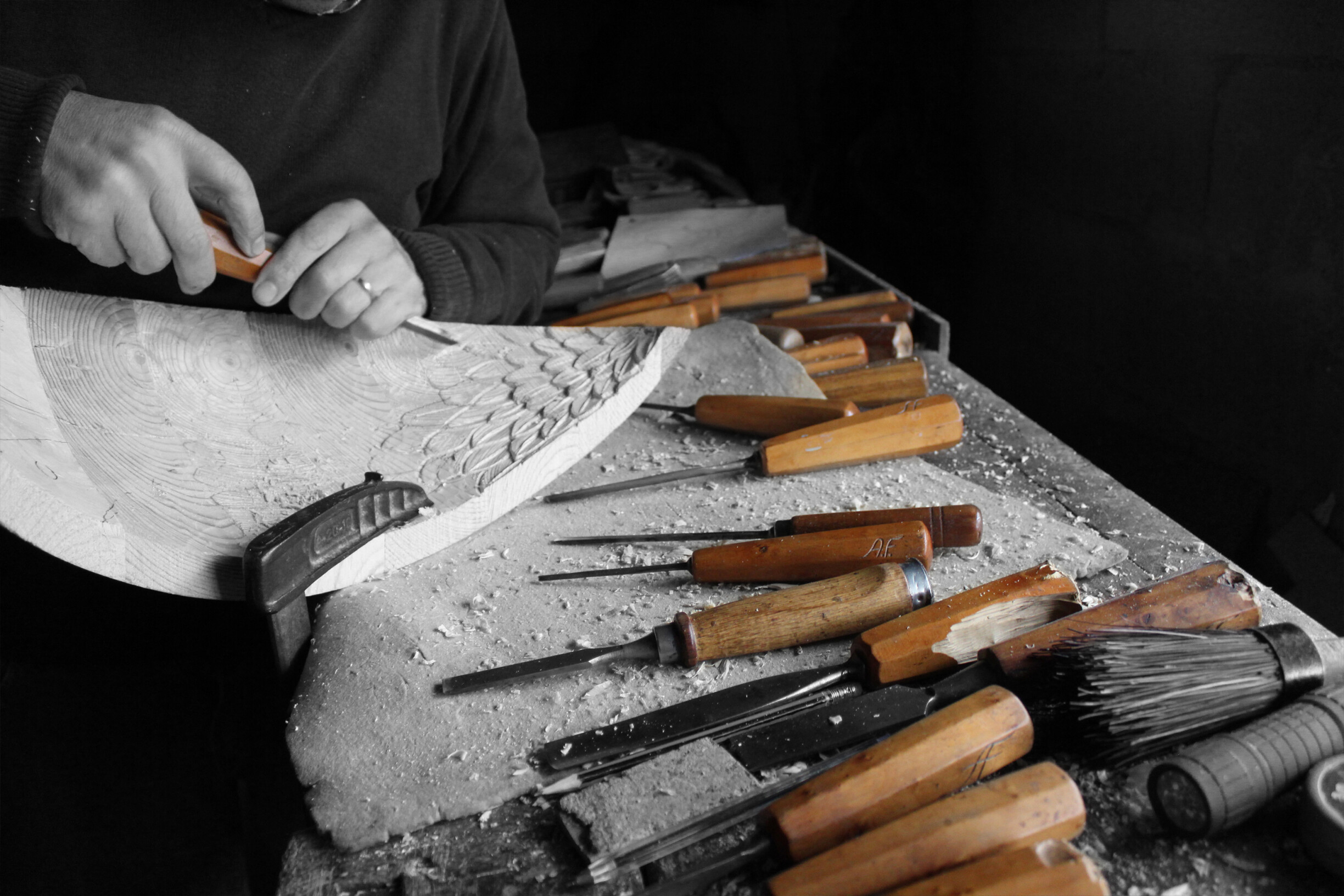
In sustainable interior design, three certifications stand out for their scope, rigor, and international recognition.
1. LEED (Leadership in Energy and Environmental Desing)
Created by the U.S. Green Building Council, LEED is one of the most recognized certifications worldwide. It is based on criteria such as energy efficiency, waste management, and sustainable materials.
For interior projects, LEED ID+C (Interior Design and Construction) evaluates aspects such as lighting, ventilation, quality of materials, and environmental impact of the choices made.
2. BREEAM (Building Research Establishment Environmental Assessment Method)
Developed in the UK, BREEAM is one of the oldest and most respected certification systems. Measures the sustainability of buildings and interiors through categories such as:
energy consumption;
water management;
ecological impact of materials;
thermal and acoustic comfort of occupants.
3. WELL Building Standard
WELL focuses on the built environment's impact on people's health and well-being. This certification evaluates factors such as air quality, access to natural light, ergonomics, and acoustics. In interior design, WELL certification is an excellent tool to ensure that spaces promote physical and emotional balance for users.
Adopting sustainable practices in interior design involves strategic planning that considers the life cycle of products, energy efficiency, and the environmental impact of spaces. These four approaches allow you to make a project more sustainable without compromising style and functionality.
Material selection has a direct impact on a project's sustainability. Choosing materials from responsible sources with low pollutant emissions guarantees a healthier and more environmentally friendly space. Instead of using conventional wood, choosing certified materials ensures that logging is done responsibly. One example is the incorporation of FSC European oak furniture, which brings sophistication to the space in addition to being sustainable.
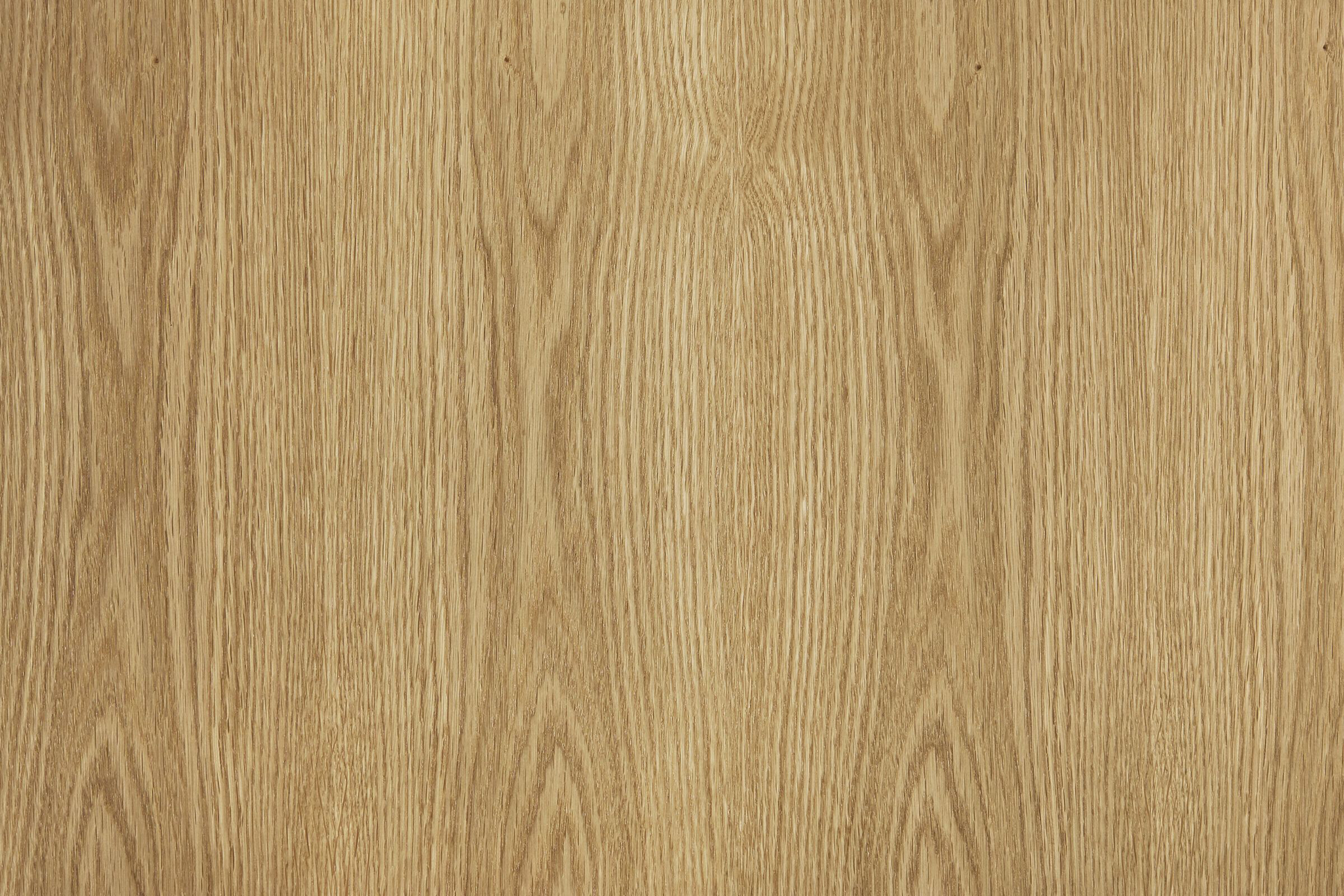
Energy efficiency is one of the pillars of sustainability. Designing a space that maximizes natural light and uses efficient HVAC solutions reduces energy consumption and improves occupant comfort. Improving a building's energy consumption is mandatory, whether through the installation of smart lighting systems or the incorporation of double-glazed windows and thermal insulation materials.
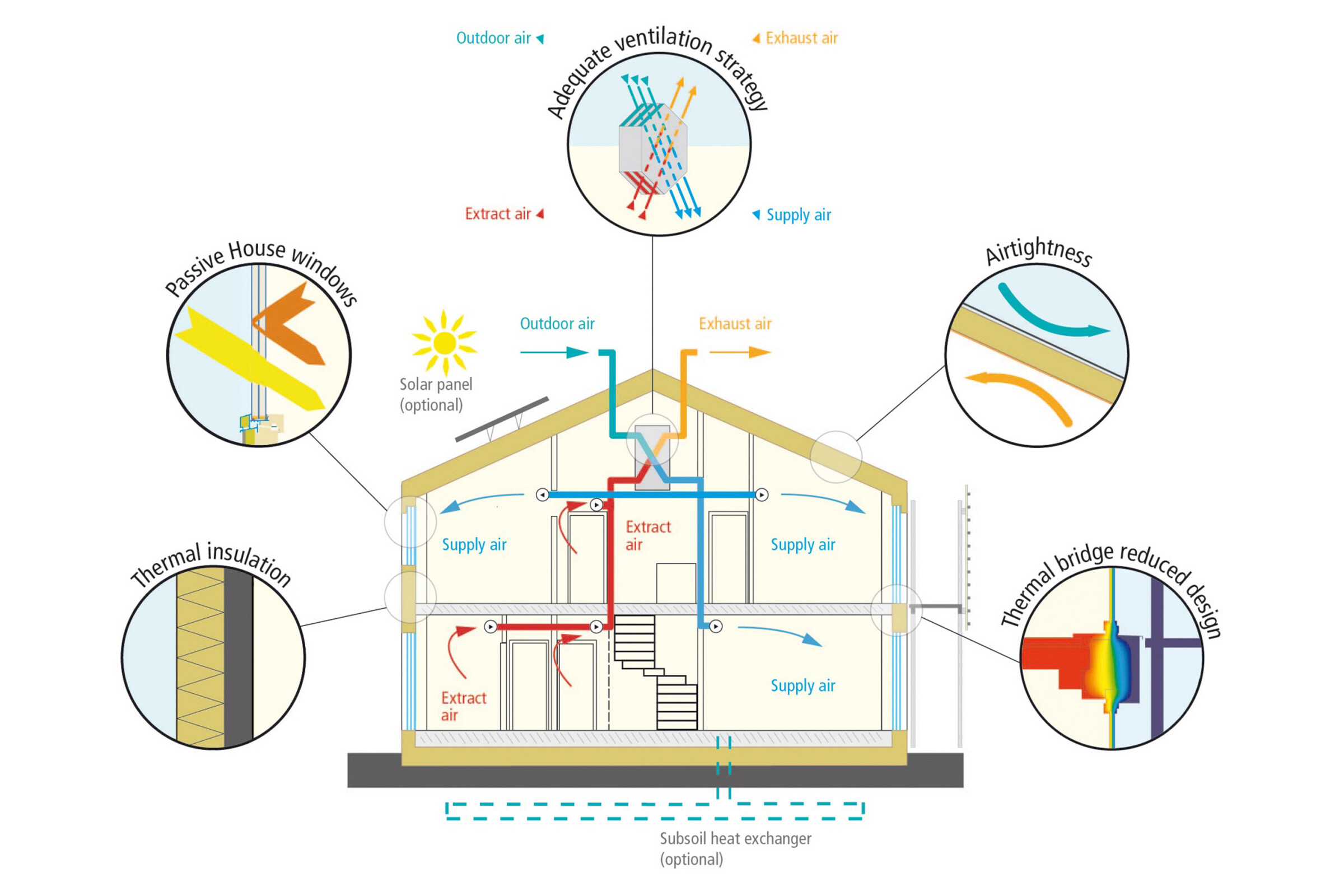
Biophilic design promotes the connection between humans and nature, creating more balanced and healthy spaces. Using natural elements in interior design improves mood, productivity, and indoor air quality.
You can, for example, incorporate plants or even enhance the use of natural light by strategically using mirrors and translucent materials.
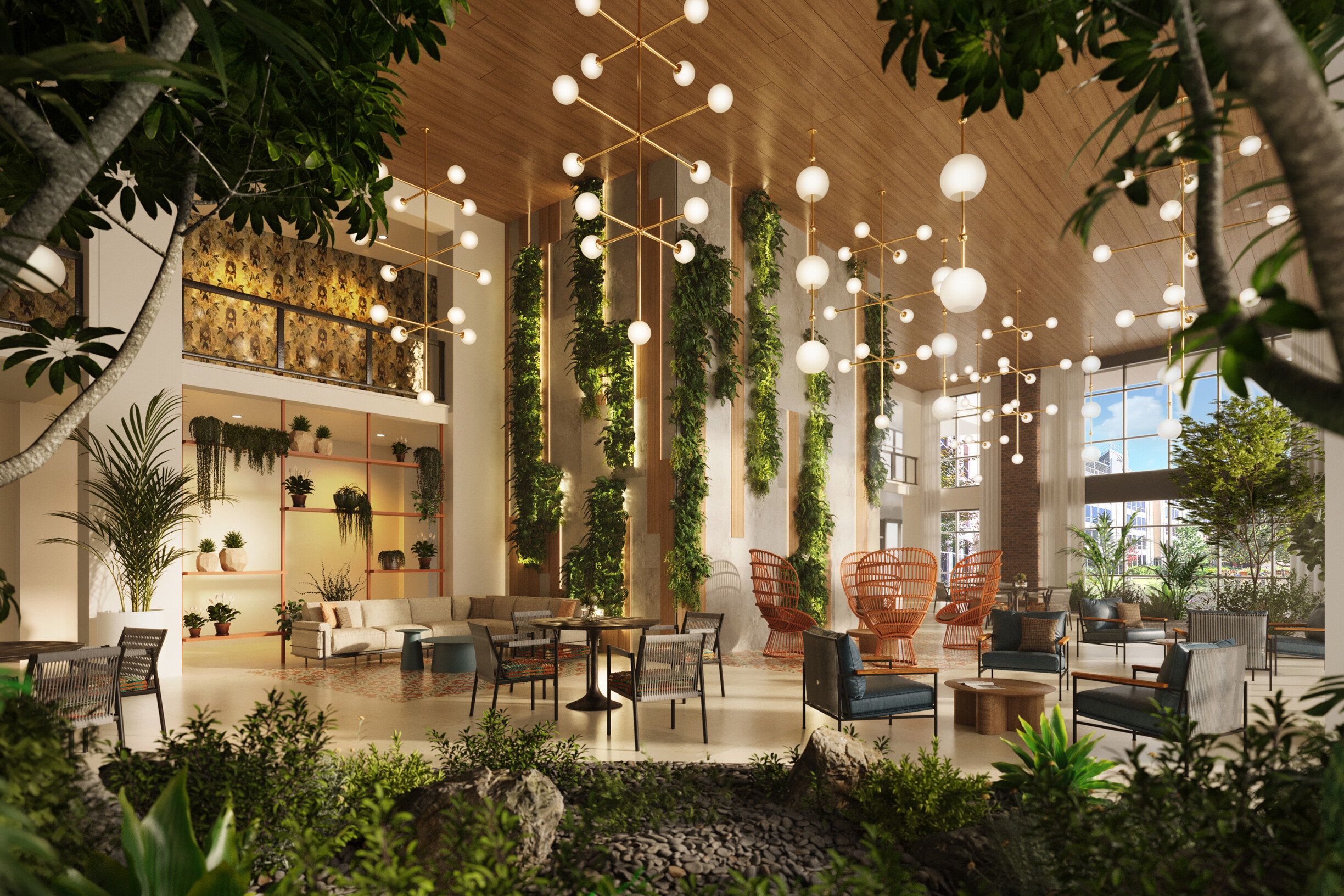
Reusing materials and promoting the circular economy are essential to reducing waste in interior design. Investing in durable pieces and upcycling furniture gives the project exclusivity and minimizes environmental impact.
The concept of luxury has evolved significantly. It is no longer associated only with rare materials and sophisticated textiles. Today, sustainable luxury values exclusivity combined with environmental responsibility and well-being.
Sustainability does not mean giving up sophistication. Certifications such as LEED, BREEAM, and Cradle to Cradle ensure that spaces and design pieces meet strict environmental criteria, from material selection to energy efficiency.
Studies show that premium consumers increasingly value transparency and sustainability. According to Nielsen's Global Corporate Sustainability Report, 66% of global respondents were willing to pay more for sustainable goods, with this figure rising over the years from 55% in 2014 and 50% in 2013. Mármore certificado, madeiras FSC como nogueira e carvalho, tecidos naturais como seda orgânica e linho sustentável oferecem qualidade e requinte sem comprometer o meio ambiente.
Sustainable luxury values unique and manufactured pieces, promoting artisanal techniques and avoiding mass production. Customized furniture, handmade ceramics, and tapestries woven with natural fibers enhance the authenticity of the spaces. In this way, sophisticated design can be aligned with sustainability.
Sustainable interior design redefines luxury, making it synonymous with responsible sophistication, innovation, and commitment to the future.
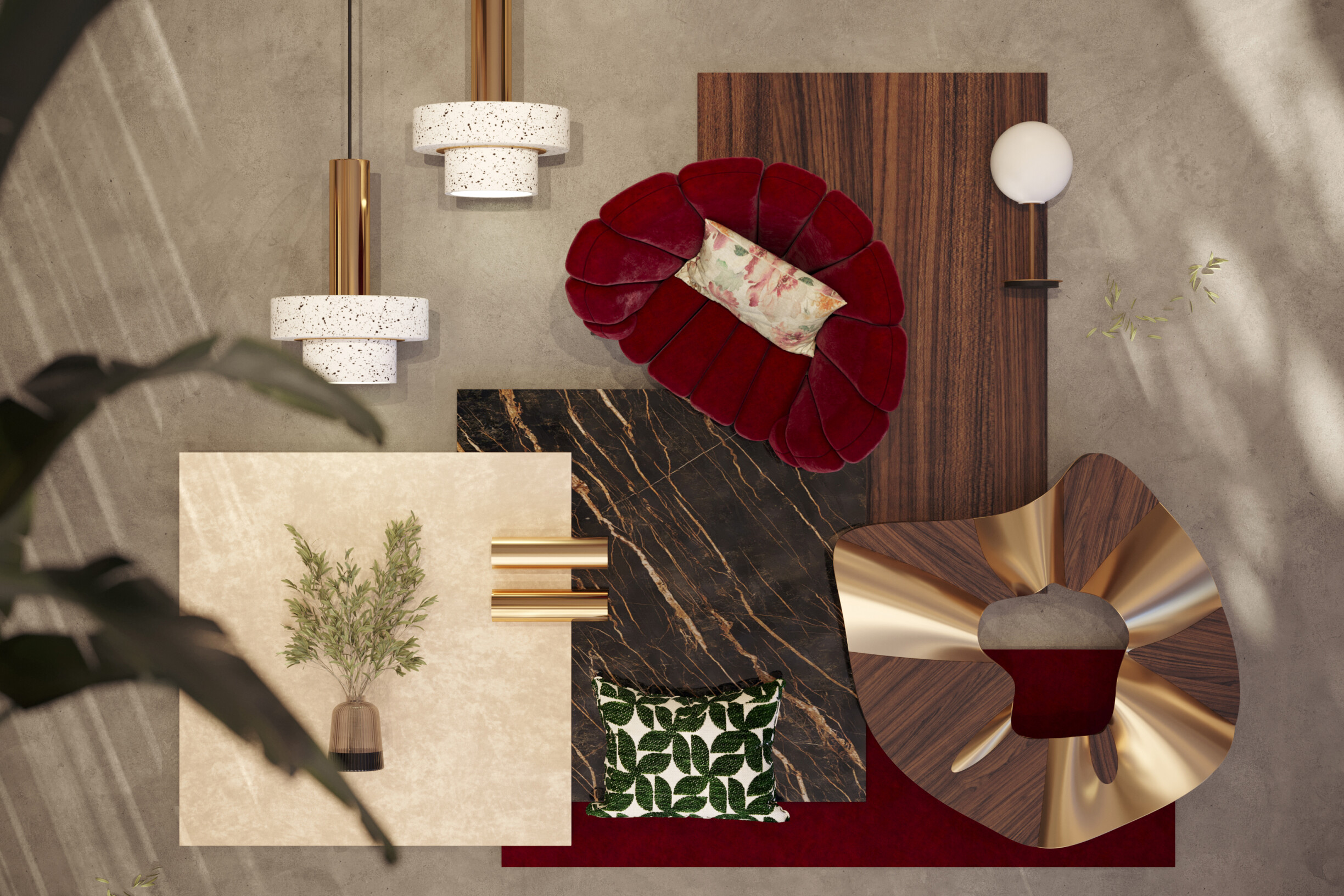
The future of interior design will increasingly be guided by environmental responsibility, and professionals in the sector have a fundamental role in this transition. For architects and designers, deepening their knowledge about certifications and integrating sustainable practices into their projects is not just a competitive advantage but a way to create spaces that truly make a difference. True luxury lasts over time without compromising the future.
Are you ready to create a sustainable luxurious projects? Don't worry! See some inspirations on Alma de Luce's Pinterest that best suit your needs, your tastes, or your client's desires. Once you're inspired, want some help getting started? Contact us here.😉
Also, did you know that we regularly update our blog to bring you all the news and content about interior design, interior architecture, and decoration? Just be aware!